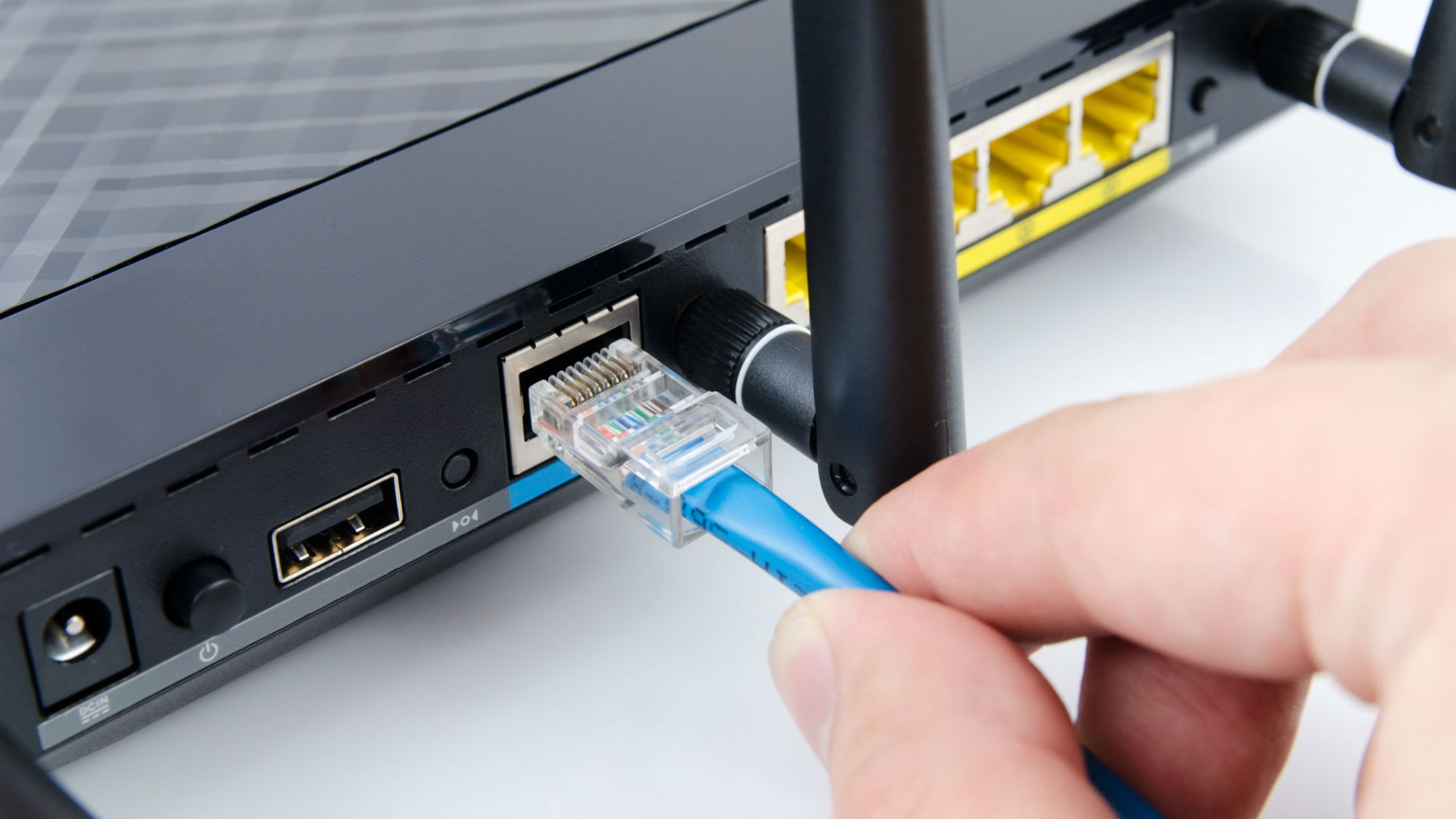IT security experts advise using a Virtual Private Network (VPN) in nearly every internet-related occasion. As a cybersafety measure, VPNs are especially recommended to travelers, binge-watchers, gamers, and businesses. But that doesn’t mean that the rest of us don’t need them too. On the contrary – a VPN is one of the most effective ways to protect yourself from cybercriminals.
Most tech-savvy people are browsing the internet via VPN from their PCs and smartphones, but Virtual Private Networks can also be applied to a much broader network of devices. Here’s why setting up a VPN directly on your router is a great idea. Here’s how you can do it on your own.
Remind Me, What Is a VPN Again?
In case you’re still unfamiliar with both the acronym and the technology, a VPN is a special type of network that creates a safe, encrypted connection between your devices and the internet. A VPN hides your IP address, thus making your online whereabouts invisible to prying eyes.
This is incredibly important in terms of data privacy.
Everything you do online leaves a digital footprint on your device and your browser. Thus making you exposed not only to cybercriminals but also to authorities and aggressive marketing campaigns. If you want to keep yourself anonymous and your data private, you should use a VPN (get it here!).
In addition to this, a VPN can be used to connect your device to a data server from another country. This is the only way of accessing geo-restricted online content such as movies and games. The same trick can be useful when you need a faster connection without any lag time.
Why Would I Need a VPN Router?
But that still doesn’t answer our main question for today:
If every internet-enabled device can be connected to the internet via a VPN, then why would you need a VPN router as well? Unfortunately, WiFi routers are not safe from cyber attacks either.
The more devices you’ve connected to your home or business network, the bigger the danger. Every device is a potential point of entry that cybercriminals can exploit and use to hack into your network. This would give them access to all your devices if their VPN connection is turned off.
So why use separate VPN apps for every device when you can use one centralized Virtual Private Network that’s turned on all the time? This is what having a VPN router is all about – a far more robust, consistent, and ultimately safer user experience with all internet-enabled devices.
How Do I Set Up My Router?
However, installing a VPN directly to your router can be a bit trickier than using separate ones. It all boils down to the type of router and Virtual Private Network you use, so make sure to get a VPN that supports router connection. The rest of the process depends on the router itself.
For most brands and models, the configuration steps are as follows:
-
Log Into Your Router
Locate that dusty old user manual and navigate to the section that provides step-by-step guidance for logging into your router. (Alternatively, you should be able to find this information online). Enter the router’s IP address along with the username and password, and follow the instructions.
-
Configure Your Router
Once you’re in, you’ll be able to see a settings dashboard.
This is where you’ll find configuration options for a Virtual Private Network. If you’re lucky, your router will have a built-in VPN functionality. If not, you’ll have to redirect traffic to a VPN manually. If this starts to give you a headache, call your router brand’s customer support and ask for help.
-
Test Your VPN Connection
The only thing left to do is test your newly-established VPN connection. Most VPN providers have an IP tracker on their websites, which will tell you exactly which IP address you’re currently using. If the reading says that your traffic is coming from your ISP’s old IP address, something’s wrong.
Repeat the process and try again.
Conclusion
Having a VPN router in your home or business will keep all devices connected to your network safe from the many perils of unprotected internet browsing. And it will do wonders for your peace of mind. Just set it up once and stay protected for good.
Author: Admin
Admin is a professional blogger and digital marketer at 99techpost. She writes about Digital Marketing, Technology, WordPress, SEO, Web Design and Development . You can also follow us on facebook & twitter. Feel free to contact us if you have any queries.



